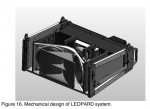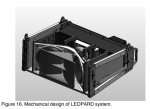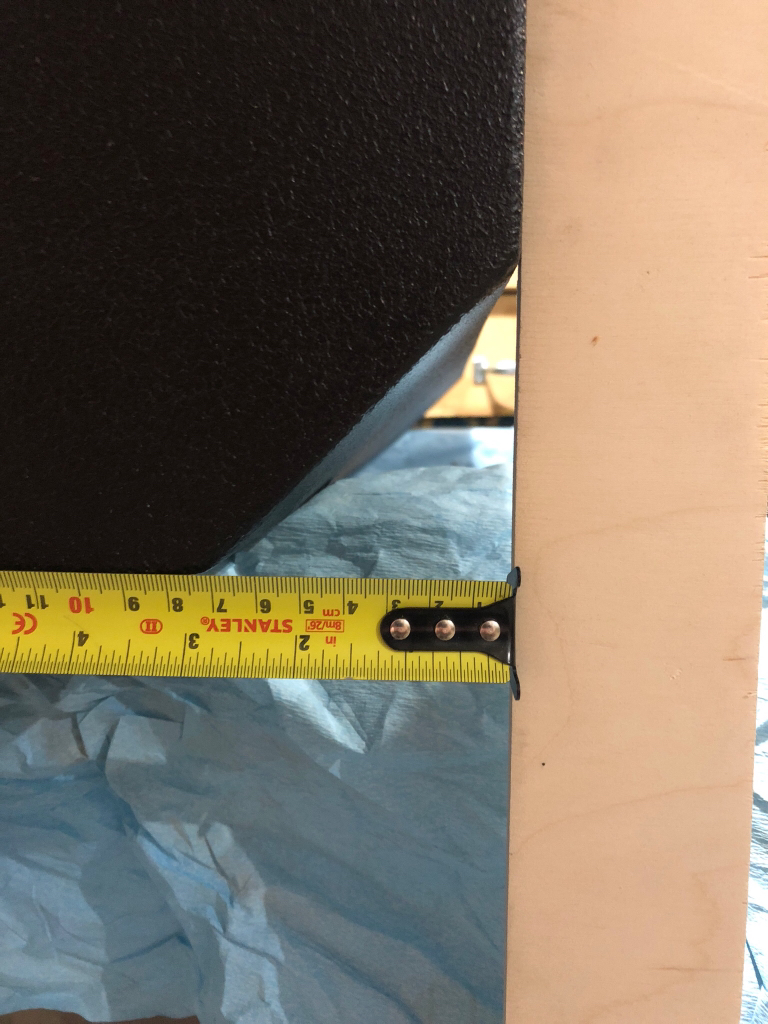Hi guys,Peter, thank you for the inspiration starting of this journey of designing a derivative based on yours and some of my own findings/research.I've designed a version using two 15" (15NW76) in a sealed enclosure with the drivers facing the end panels through a short horn like adapter. [FONT=&]I find it imperative to reduce the vertical source size in a MTM. Assuming we have DSP at our disposal, the sealed alignment using two large radiators with good excursion capabilities yields quite good low frequency efficiency (not unprocessed sensitivity though!). It is capable of 135db max spl down to 80hz 24dbLR, when applied eq, which is around the limit of the high frequency driver anyway. It's displacement limited, so those 135dB does not pull lots of power causing power compression and overheating. Unlike, the vented alignment having port noise and very delicate rear volume requirements, the LF output of the sealed alignment decreases at 12db/octave and can be adjusted as low as reasonable as long as one keeps an eye on the excursion below natural cutoff.[/FONT]
Link to Don B. Keele's paper (part 1) on Linear phase crossovers and symmetric driver arrays (see MTM):http://www.xlrtechs.com/dbkeele.com/PDF/Keele%20(2007-09%20AES%20Preprint)-%20Linear%20Phase%20Digital%20Crossover%20Flters%20Part%201.pdf
Here is a sketchup pic. The large cutout in the rear panel is to accommodate an amp module. The entire side and rear is made from a single piece of kerfed 18mm birch ply, to approach a cylindrical enclosure for good damping and minimized wall flex. The front panel is removable to access the 15"s and to allow different HF horn/driver combinations
I too considered every imaginable layout possible and ultimately arrived at this fairly simpel one. There is a lot of ways do such a speaker but only a few designs seems to obtain a good balance of requirements. This is just me trying to make anyone who is looking into designing their own version, avoid being blinded by a single design or idea
Best regards Fred
Hi Frederik,
Love your design, its very similar in many ways to my double 14" design which is also sealed. Its also similar to Seeburg's K24, except they have ported the the LF and I don't like how the 12" speakers have 2 entry point into the small horn. (see the link below)
If you look carefully at their directivity plot, you can see the advantage of getting the crossover point a bit lower if your HF driver can cope with the extra load.
http://www.seeburg.net/download_get...06-Datasheets/K-Series/K24_Datasheet_engl.pdf
My idea for the dual 10" or 12" was very similar to your design and the K24. I was going to port it like the K24 to get a bit more LF.
Here is the frequency response of my double 14" on axis, at 45 degree horizontal and 20 degrees vertical ... ignore the lumps and bumps below about 250hz, there were some ground reflections etc. and I just did a quick measurement to check the directivity around the crossover at 650hz.




